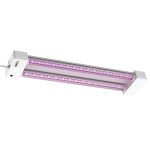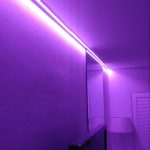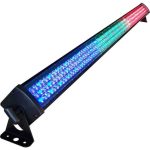LED Light Power Consumption: How Much Electricity Does It Actually Use?
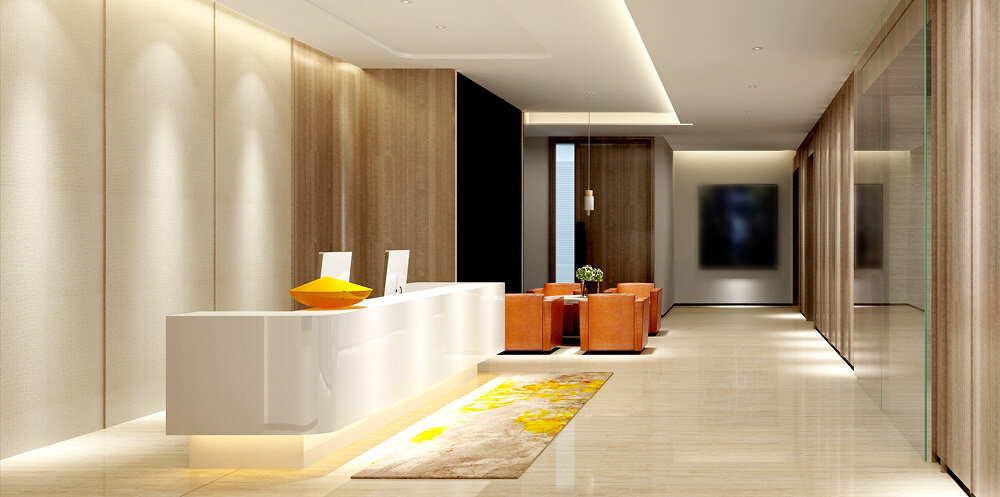
Lighting is an essential element of our everyday lives, and it is crucial to select the right kind of light source that is both efficient and cost-effective. With the advent of LED technology, there has been a considerable shift towards these energy-saving lights. They are now the most popular choice for residential, commercial, and industrial lighting. But how much electricity do LED lights actually use? This is a question that is often asked, and it is essential to understand the power consumption of LED light to make an informed decision. LED lights are known for their low energy consumption, which is one of the primary reasons they are becoming increasingly popular. However, the actual power consumption of LED lights can vary depending on several factors. These include the brightness of the light, the color temperature, the size of the bulb, and the manufacturer. Understanding the power consumption of LED lights is vital for individuals and businesses who want to save on their energy bills and reduce their carbon footprint. Therefore, in this article, we will explore LED light power consumption in detail and discuss how it can be calculated to help you make an informed decision.
LED lights, or Light Emitting Diodes, are a highly energy-efficient lighting option that have become increasingly popular in recent years. Unlike traditional incandescent bulbs, LED lights don’t use a filament to produce light, but instead rely on a semiconductor material to emit light when an electrical current is passed through it. This means that LED lights use far less electricity than traditional bulbs, making them a more sustainable and cost-effective lighting option. Additionally, LED lights last much longer than traditional bulbs, making them a popular choice for both residential and commercial lighting applications. Overall, the popularity of LED lights can be attributed to their energy efficiency, longevity, and versatility.
Energy efficiency in LED lights is of utmost importance, as it can have a significant impact on both the environment and our wallets. LED lights consume much less electricity than traditional incandescent bulbs, making them a more sustainable option. Additionally, LED lights have a longer lifespan, which means that they need to be replaced less frequently, reducing the amount of waste generated by light bulbs. Moreover, LED lights emit less heat, which can also contribute to energy savings by reducing the need for air conditioning. Overall, investing in energy-efficient LED lights is an easy way to reduce our carbon footprint and save on energy costs.
Understanding LED Light Power Consumption
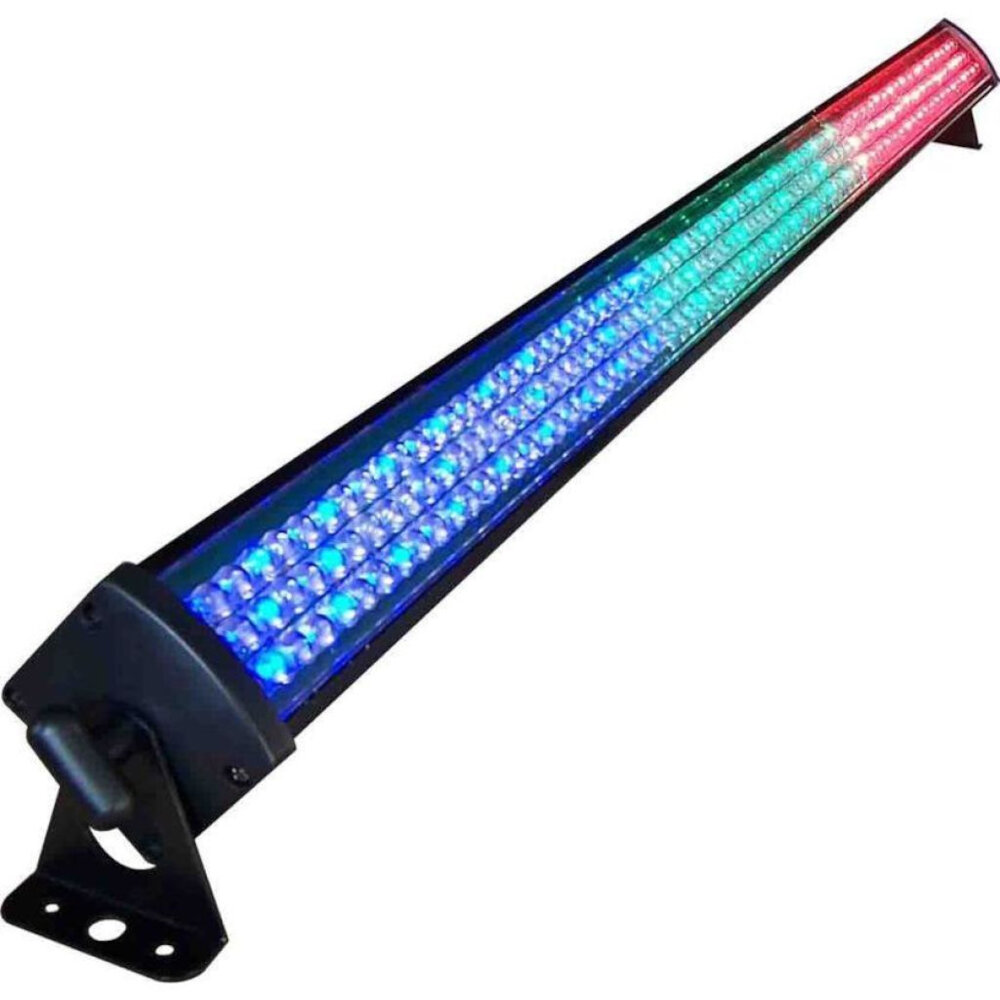
LED lights are becoming increasingly popular due to their energy efficiency and long lifespan. However, understanding LED light power consumption can be confusing for many people. LED lights use much less power than traditional incandescent bulbs and even many types of fluorescent bulbs. The power consumption of LED lights is typically measured in watts, which is a unit of power that refers to the amount of energy used per second. For example, a 10 watt LED light bulb uses 10 watts of power per second when it is turned on. One of the reasons LED lights are so energy efficient is that they convert almost all of the electricity they use into light, rather than wasting energy as heat. This means that LED lights use much less electricity than other types of bulbs to produce the same amount of light. Additionally, LED lights can be designed to produce different colors and color temperatures, which can affect their power consumption. For example, a warm white LED light may use slightly more power than a cool white LED light. Overall, understanding LED light power consumption can help you choose the most energy-efficient lighting options for your home or business.
LED lights work by converting electrical energy into light through a process called electroluminescence. This occurs when electrons pass through a semiconductor material, releasing energy in the form of photons. Unlike traditional incandescent bulbs, which use a filament that heats up to produce light, LEDs produce very little heat and are much more efficient in converting electricity into light. LED lights consume significantly less power than other types of lighting, with some models using up to 80% less energy than incandescent bulbs. This makes them an eco-friendly and cost-effective option for households and businesses alike, helping to reduce energy bills and lower carbon emissions.
When it comes to comparing LED lights to traditional incandescent bulbs, there are several factors to consider. LED lights are known for their energy efficiency, consuming up to 80% less power than incandescent bulbs. This means that LED lights not only save you money on your electricity bill but also have a significantly lower environmental impact. Additionally, LED lights have a longer lifespan, lasting up to 25 times longer than incandescent bulbs. This means that you will not have to replace your LED lights as often, further reducing your environmental impact. While LED lights may have a higher upfront cost, the long-term benefits make them a worthwhile investment.
LED light power consumption is affected by several factors. One of the primary factors that can impact the power consumption of an LED light is its brightness. The brighter the light, the more power it will consume. Another factor that can affect LED light power consumption is its color temperature. LED lights with a higher color temperature tend to consume more power than those with a lower color temperature. The size of the LED light is also a crucial factor in determining its power consumption. Larger LED lights tend to consume more power than smaller ones. Additionally, the efficiency of the LED driver and the quality of the LED chips also play a crucial role in determining the power consumption of an LED light. Therefore, it is essential to consider these factors when choosing an LED light to ensure that it consumes the minimum amount of electricity while providing the desired level of brightness.
Calculating LED Light Power Consumption
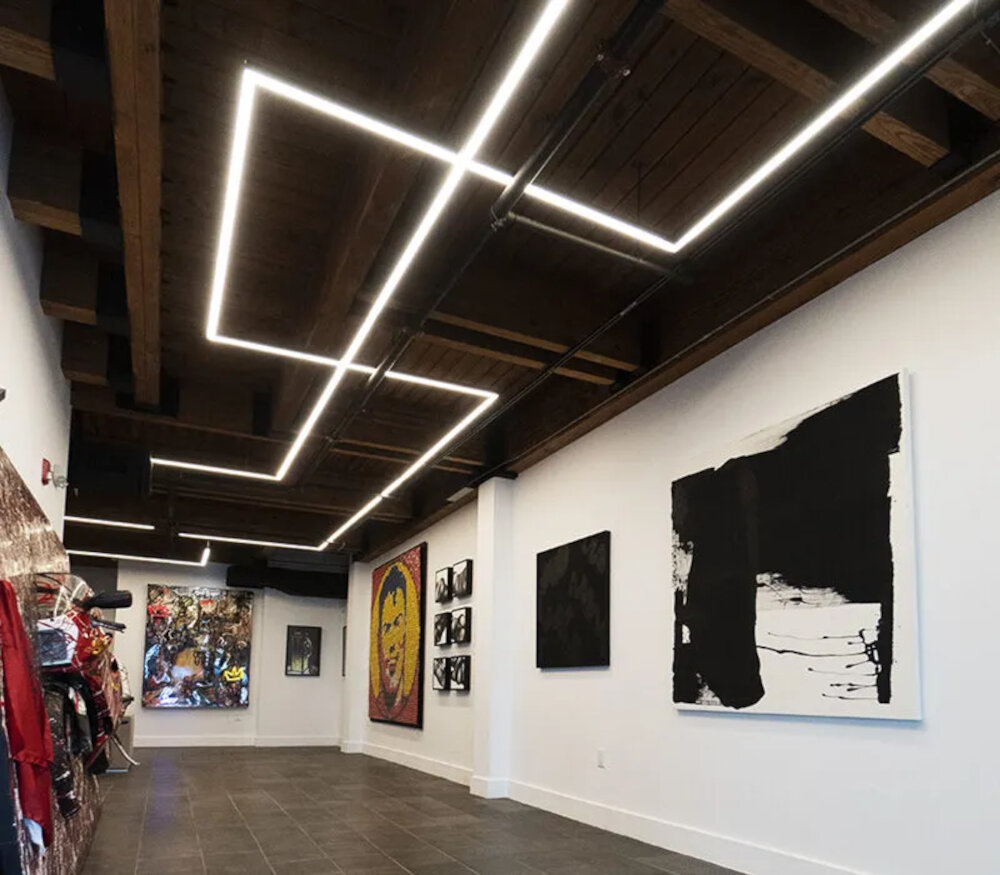
LED lights are becoming increasingly popular as they offer many benefits over traditional lighting options. One of the most significant advantages of LED lighting is their low power consumption. However, it is important to understand how to calculate LED light power consumption accurately. The first step is to determine the wattage of the LED bulb, which is typically listed on the packaging. It is important to note that LED bulbs have a lower wattage than traditional incandescent bulbs, but they produce the same amount of light. Next, the voltage of the LED bulb needs to be determined. This information can also be found on the packaging or the bulb itself. Once both the wattage and voltage are known, the power consumption of the LED bulb can be calculated using the formula: power consumption = voltage x current. This formula allows you to calculate the amount of electricity that the LED bulb will use per hour of operation. By understanding how to calculate LED light power consumption, you can make informed decisions about which bulbs to use in your home or business. LED lights are an excellent option for those looking to reduce their energy consumption and save money on their electricity bills. Unlike traditional incandescent bulbs, which emit a lot of heat, LED bulbs are much more energy-efficient and produce less heat. This not only helps to reduce electricity costs, but it also means that LED bulbs have a longer lifespan than incandescent bulbs. In addition to their energy efficiency, LED lights are also available in a wide range of colors and styles. From warm white to cool white and even colored options, there is an LED bulb to suit every need. By understanding how to calculate LED light power consumption, you can enjoy the benefits of these energy-efficient bulbs while also saving money on your electricity bills.
The formula for calculating the power consumption of an LED light is relatively simple. It involves multiplying the voltage by the current, which gives the power in watts. LED lights are known for their energy efficiency, and their power consumption depends on various factors, including the size of the LED, the color of the light, and the number of LEDs used in the bulb. The power consumption of an LED light is often measured in watts per hour, and it is significantly lower than that of traditional incandescent bulbs. This makes LED lights a popular choice for households and businesses looking to reduce their energy bills and carbon footprint.
To calculate the power consumption of a specific LED light, you need to consider the wattage of the bulb and how many hours it will be used per day. For example, if you have an LED light with a wattage of 10 watts and it is used for 4 hours per day, the calculation would be 10 watts x 4 hours = 40 watt-hours per day. If you use this bulb every day for a month, the calculation would be 40 watt-hours x 30 days = 1200 watt-hours per month. To convert this to kilowatt-hours (kWh), you need to divide by 1000, so the total consumption would be 1.2 kWh per month. This calculation can help you estimate how much electricity your LED light is using and can help you make informed decisions about your energy consumption.
Understanding power consumption is crucial for achieving energy efficiency and cost savings, particularly in the context of LED lighting. By knowing how much electricity an LED light uses, individuals and organizations can make informed decisions about which lights to choose and how to use them. This can lead to significant reductions in energy usage and associated costs, as well as a more sustainable approach to lighting. Furthermore, understanding power consumption can help to identify areas where energy is being wasted, allowing for targeted improvements and further savings. With the increasing importance of sustainability and cost-effectiveness, understanding power consumption is an essential part of modern lighting design and management.
Factors that Affect LED Light Power Consumption
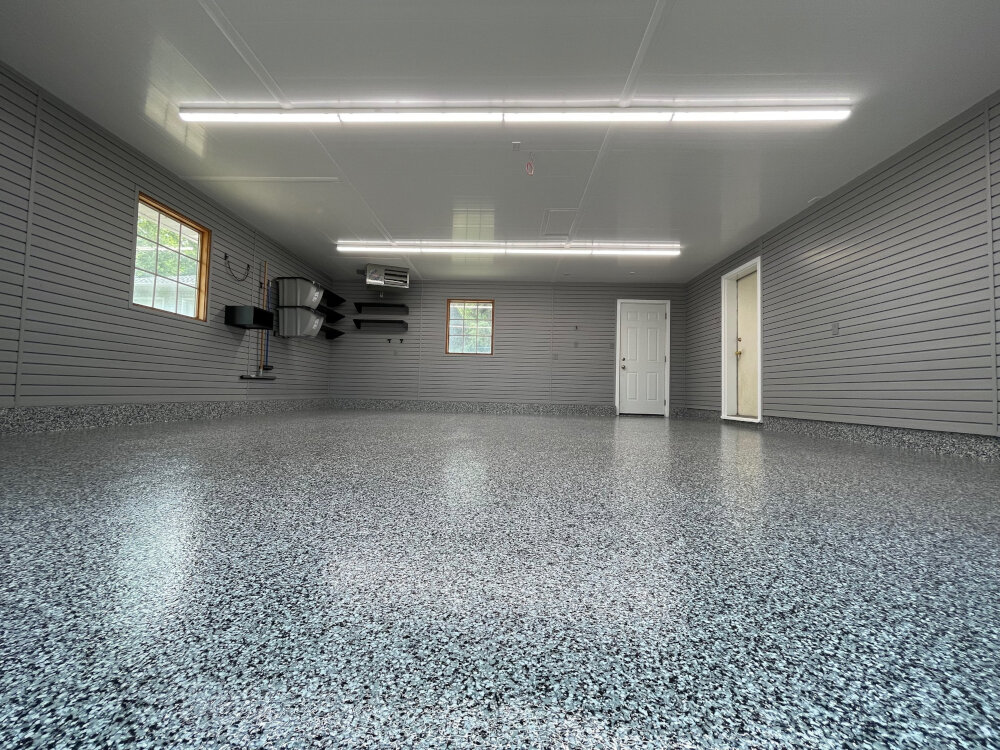
LED lights are highly energy-efficient, and their power consumption is significantly lower than traditional lighting sources such as incandescent bulbs. However, there are several factors that can affect the power consumption of LED lights. One of the most important factors is the brightness of the LED light. The brighter the light, the more power it will consume. LED lights are available in various brightness levels, and choosing the right brightness level can help you reduce your energy consumption. For instance, if you don’t need a very bright light, you can choose an LED light with lower brightness to save energy. Another factor that affects LED light power consumption is the color temperature. LED lights are available in different color temperatures, ranging from warm white to cool white. The color temperature of the LED light can affect the amount of power it consumes. In general, LED lights with a higher color temperature consume more power than those with a lower color temperature. For example, a cool white LED light will consume more power than a warm white LED light. Therefore, it is important to choose the right color temperature based on your lighting needs and energy consumption goals. By selecting the appropriate brightness and color temperature, you can ensure that your LED lights consume the least amount of power while providing the desired level of illumination.
Temperature is a crucial factor in determining the energy efficiency of LED lights. These lights are designed to operate within specific temperature ranges, and exceeding these limits can significantly reduce their lifespan and efficiency. In cold environments, LED lights tend to be more efficient as they require less energy to produce the same level of brightness. However, in hot environments, they require more energy to maintain their brightness, leading to increased power consumption. Therefore, it is essential to consider the temperature of the environment when using LED lights to ensure optimal performance and energy efficiency.
LED light technology has come a long way in recent years, offering a high-quality lighting experience with lower power consumption. The quality of LED light is measured in terms of its color rendering index (CRI) and correlated color temperature (CCT). CRI measures how accurately the colors of objects appear under the light, while CCT measures the warmth or coolness of the light. LEDs typically have a high CRI, producing vivid colors that are closer to natural sunlight than traditional incandescent bulbs. They also offer a range of CCT options, from warm yellowish tones to cool bluish tones, making them versatile for a variety of settings. With their high-quality light output and energy efficiency, LED lights are quickly becoming the preferred lighting option for homes and businesses alike.
LED lights have become increasingly popular due to their energy efficiency and long lifespan. Their power consumption is much lower compared to traditional light bulbs, and they can last up to 25 times longer. However, the usage pattern and duration can affect their energy consumption. For instance, leaving the LED lights on for longer hours will consume more electricity. Similarly, the frequency of use also affects the energy consumption, as turning the lights on and off repeatedly can reduce their lifespan. Therefore, it is important to use LED lights efficiently, considering the duration and pattern of their usage, to save energy and reduce electricity bills.
Reducing LED Light Power Consumption
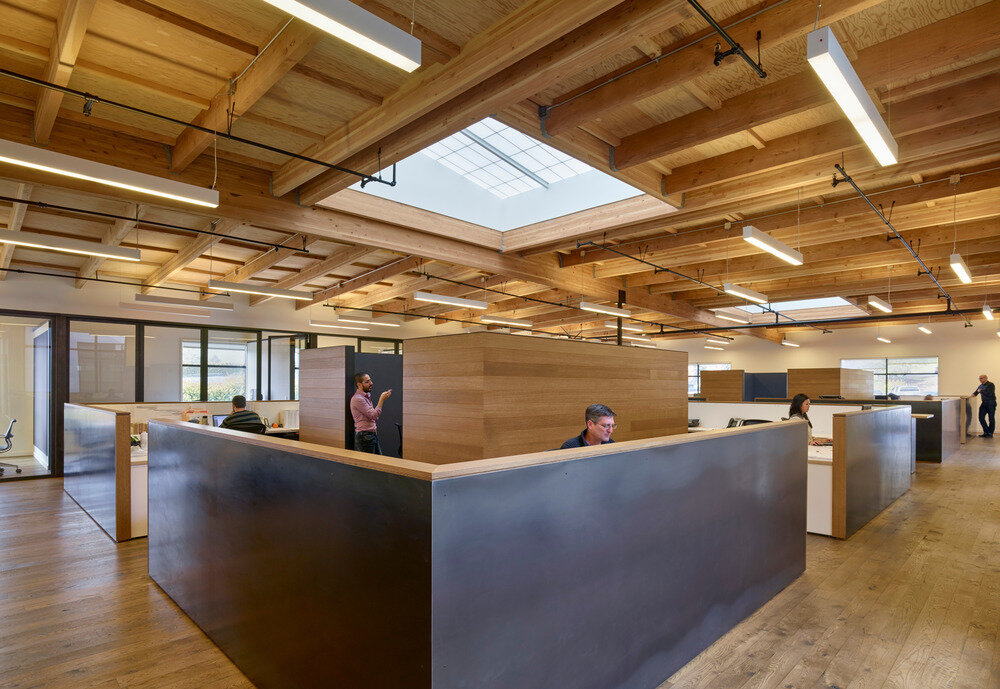
The use of LED lights has drastically increased over the years, thanks to their energy efficiency and long-lasting lifespan. However, the power consumption of LED lights can still be reduced by implementing a few simple measures. One of the most effective ways to reduce power consumption is to switch to LED lights that have a lower wattage. By doing so, the amount of electricity needed to power the lights decreases, which ultimately results in lower energy bills. Additionally, using LED lights with dimming capabilities can also help to reduce power consumption. This allows the lights to be adjusted to a lower brightness level when less light is needed, saving energy and extending the lifespan of the bulbs. Another way to reduce LED light power consumption is to ensure that the lights are properly installed and maintained. Proper installation includes placing the lights in a location where they are not obstructed by other objects, as this can cause the lights to work harder and consume more energy. Regular cleaning and maintenance of the lights can also help to reduce power consumption by ensuring that the bulbs are working efficiently and not wasting energy due to dirt or dust build-up. Finally, a simple yet effective measure to reduce LED light power consumption is to turn off the lights when they are not in use. This may seem obvious, but many people leave their lights on for extended periods of time, which wastes energy and increases electricity bills. By implementing these measures, LED light power consumption can be significantly reduced, resulting in both environmental and financial benefits.
There are several effective tips to reduce LED light power consumption and save energy costs. Firstly, it is important to choose the right LED bulb with lower wattage and lumens for the intended space. Secondly, installing dimmer switches can help adjust the light intensity according to different needs and occasions. Thirdly, using motion sensors or timers can automatically turn off the lights when there is no activity or during daytime. Additionally, keeping the bulbs clean and dust-free can improve their efficiency and lifespan. Finally, it is recommended to turn off the lights when leaving the room or using natural daylight instead of artificial lighting whenever possible. By following these simple steps, one can significantly reduce the energy consumption of LED lights and contribute to a more sustainable lifestyle.
In recent years, there has been a significant rise in the use of smart lighting and automation technology, which has revolutionized the way we use electricity. Smart lighting systems are designed to automatically adjust the lighting levels in a room based on occupancy and natural light levels. This not only reduces energy consumption but also provides a more comfortable and personalized lighting experience. The automation technology allows you to control the lighting in your home remotely from your smartphone or tablet, which can be incredibly convenient and energy-efficient. With the use of LED bulbs, the energy consumption of smart lighting systems is further reduced, making them an excellent choice for eco-conscious consumers. Overall, the use of smart lighting and automation technology is a step towards a more sustainable and efficient future.
When it comes to selecting an LED light for a particular purpose, it is crucial to choose the right one. The reason being that not all LED lights are created equal and different lights have different power consumptions, brightness levels, and color temperatures. A light with high brightness and color temperature may be suitable for a commercial setting, but it may not be ideal for a home setting where a warm and cozy ambiance is desired. Similarly, a light with low power consumption may be perfect for energy-efficient homes, but it may not provide enough illumination for a workspace. Therefore, it is important to consider factors such as brightness, color temperature, power consumption, and intended use before choosing an LED light to ensure that it serves the intended purpose effectively.
LED lights are energy-efficient and have gained popularity in recent years due to their long lifespan and low energy consumption. The power consumption of LED lights can vary depending on the wattage, brightness, and usage time. On average, a 60-watt incandescent bulb can be replaced with a 9-watt LED bulb, which consumes just 15% of the energy used by the incandescent bulb. LED lights also emit less heat, making them a safer option. It is important to note that LED lights still consume electricity, and their power consumption can add up over time. Therefore, it is recommended to turn off lights when not in use and choose LED bulbs with a lower wattage for additional energy savings.
Understanding LED light power consumption is crucial for energy efficiency and cost savings. LED lights have become increasingly popular due to their high energy efficiency and long lifespan. However, not all LED lights are created equal, and their power consumption varies depending on their wattage and the number of lumens they produce. By understanding the power consumption of LED lights, consumers can make informed decisions when purchasing bulbs or fixtures and select the most energy-efficient options that will save them money in the long run. Additionally, businesses and organizations can benefit from knowing the power consumption of LED lights as it can help them reduce their energy usage and lower their electricity bills. Overall, understanding LED light power consumption is essential for anyone looking to save money, reduce their carbon footprint, and promote sustainability.
If you’re looking to reduce your energy consumption and save money on your electricity bills, it’s time to switch to energy-efficient LED lights. These lights consume significantly less energy than traditional incandescent bulbs, which makes them a smart choice for anyone who wants to minimize their impact on the environment. In addition to being more energy-efficient, LED lights also last longer, which means you won’t need to replace them as frequently. By choosing LED lights, you can make a positive impact on the environment and your wallet. So, make the switch today and start enjoying the benefits of energy-efficient lighting.
Conclusion
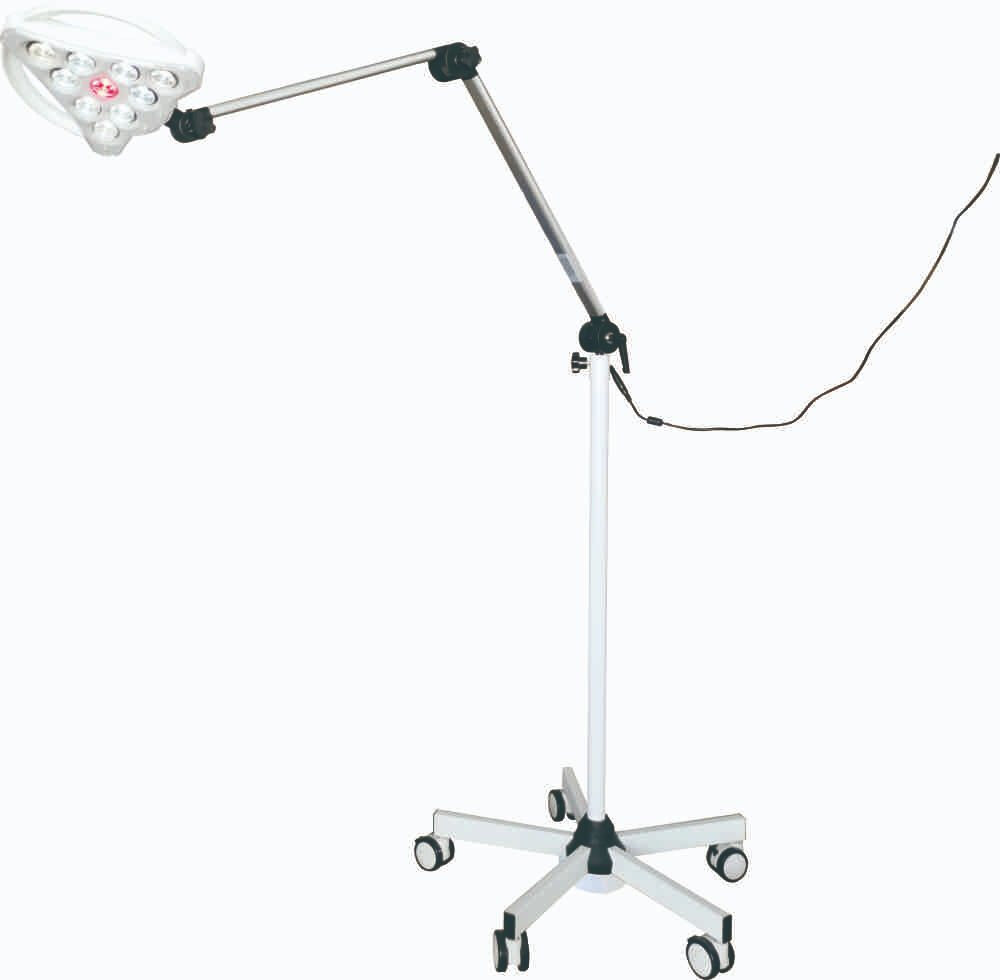
In conclusion, LED lights are a great option for those looking to save money on their energy bills while still enjoying bright and efficient lighting. Compared to traditional incandescent bulbs, LED lights consume significantly less electricity and have a longer lifespan. It’s important to consider the wattage and lumens when purchasing LED lights to ensure that you are getting the right level of brightness for your needs. Additionally, taking steps like turning off lights when not in use and using smart lighting systems can further reduce energy consumption. Overall, LED lights are a smart and environmentally-friendly choice for lighting your home or business.

